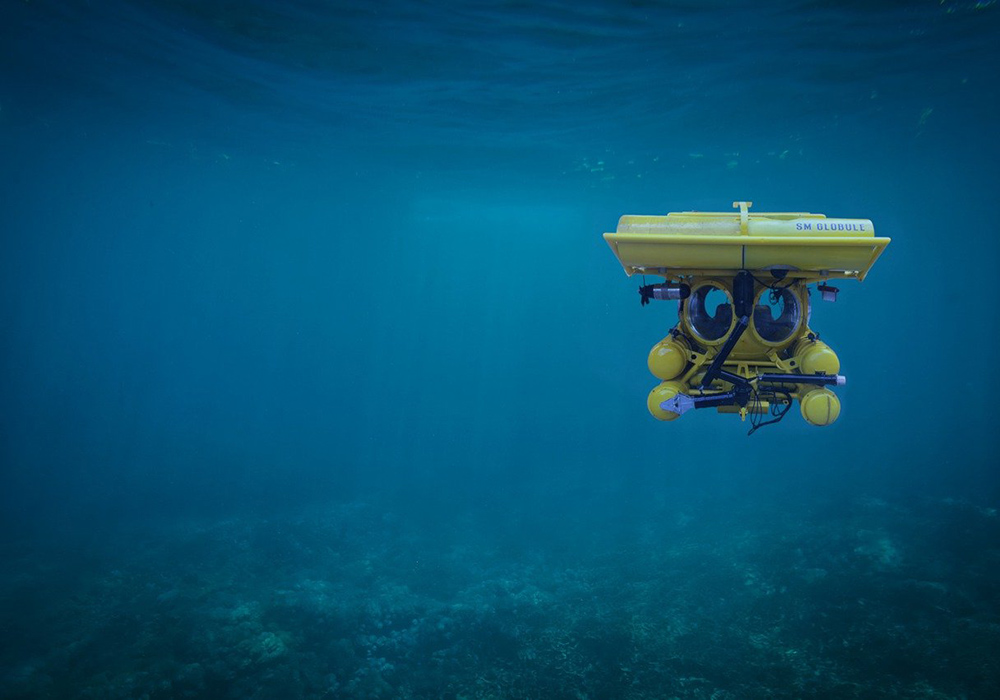SOURCE: AFI


Indian Institutes of Technology (IIT) Palakkad and Mandi have joined forces to create a state-of-the-art underwater robotic vehicle (URV) capable of diving up to 300 meters deep. This collaborative project, funded by the National Mission of Interdisciplinary Cyber-Physical Systems (NM-ICPS) under the Central Department of Science and Technology, marks a significant stride in India’s marine exploration capabilities.
The IITs have put the URV through its paces with comprehensive testing in various settings. Initial trials were conducted at depths of 30 meters within simulated marine environments. Subsequently, real-world testing took place in lakes and dam reservoirs, with invaluable support provided by the Indian Navy. These tests have validated the URV’s performance and capabilities in diverse underwater conditions.
The newly developed URV boasts several impressive features that enhance its functionality underwater:
- Tilting Thrusters: These provide superior maneuverability, allowing the robot to navigate through complex underwater environments with greater precision.
- Six Degrees of Freedom Manipulators: This advanced robotic arm grants the URV the ability to grasp and interact with objects underwater, making it ideal for tasks like sample collection or maintenance.
- High Endurance: The URV is designed for extended missions, enabling it to remain underwater for longer durations and cover greater distances.
- Fully Autonomous Control: The robot can operate independently, following pre-programmed instructions or responding to real-time data for enhanced efficiency.
Some promising areas of use include:
- Seafloor Mapping and Exploration: The URV can be deployed to create detailed maps of the seabed, aiding in resource exploration and scientific research.
- Underwater Inspections: The robot’s ability to navigate tight spaces and manipulate objects makes it suitable for inspecting underwater infrastructure like pipelines and cables.
- Environmental Monitoring: The URV can be equipped with sensors to collect vital data on water quality, marine life, and other environmental parameters.